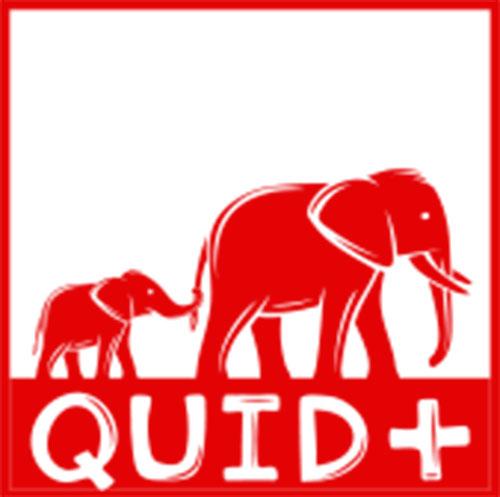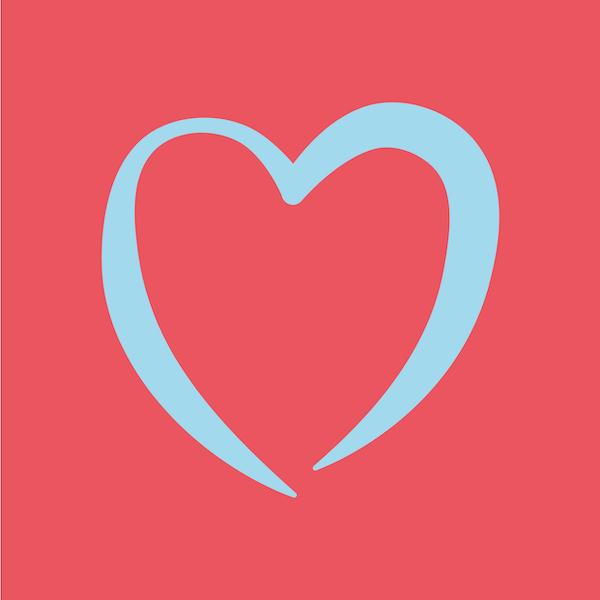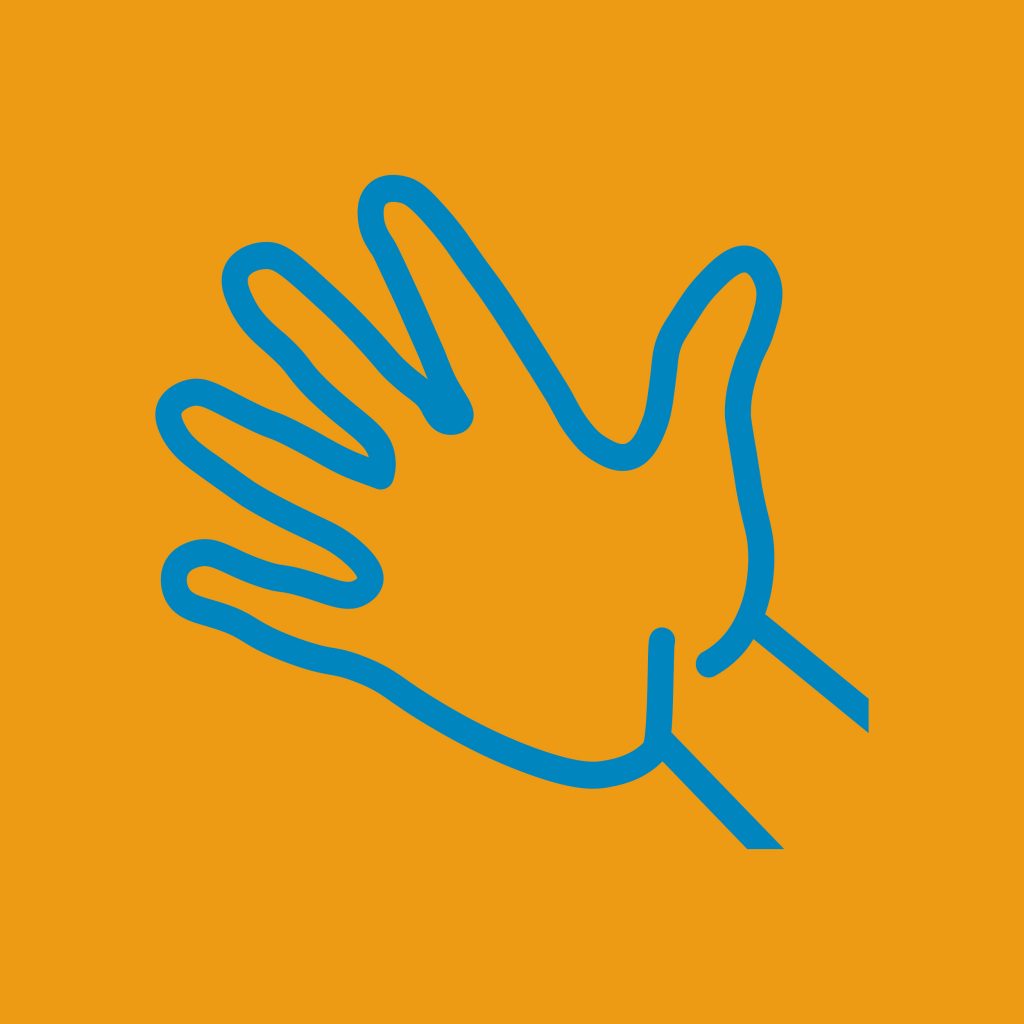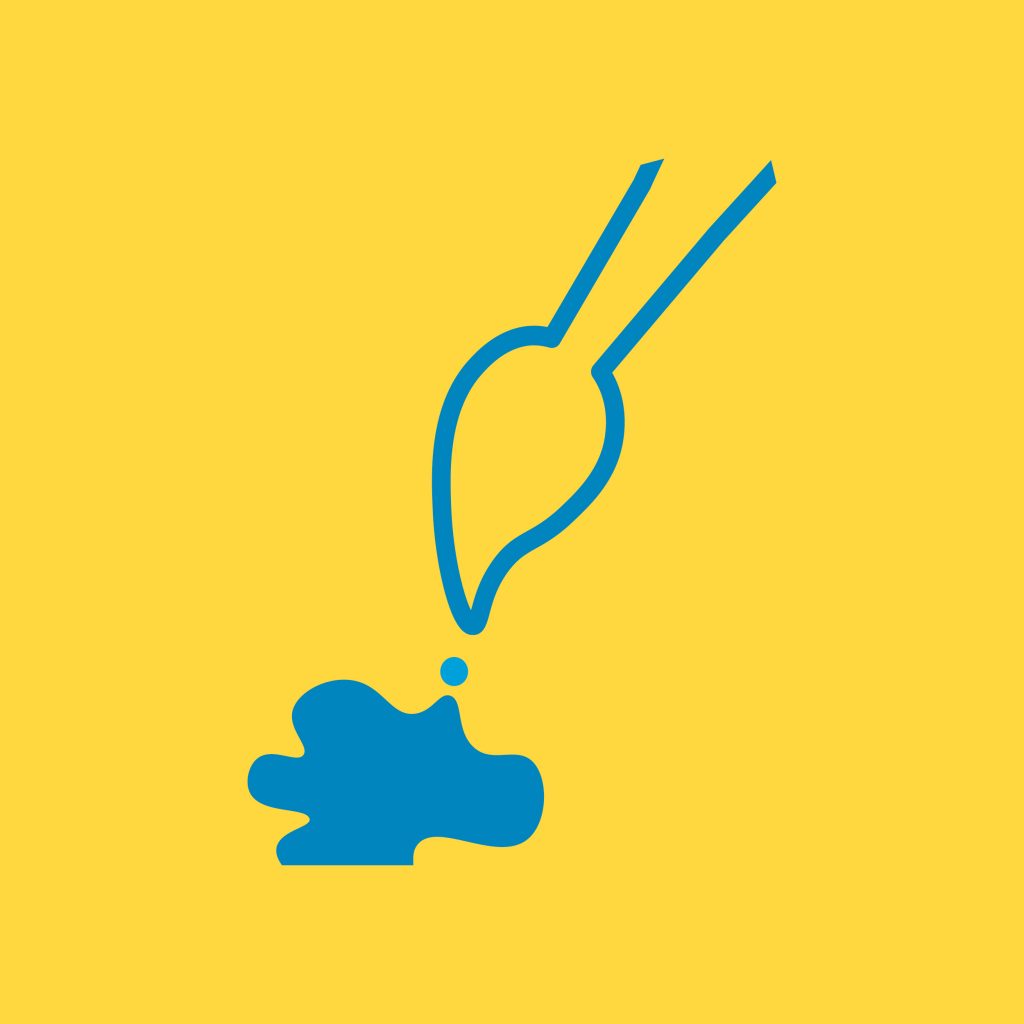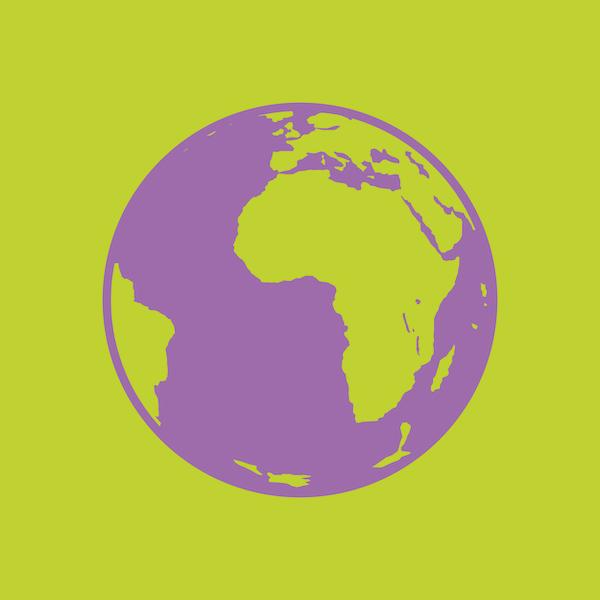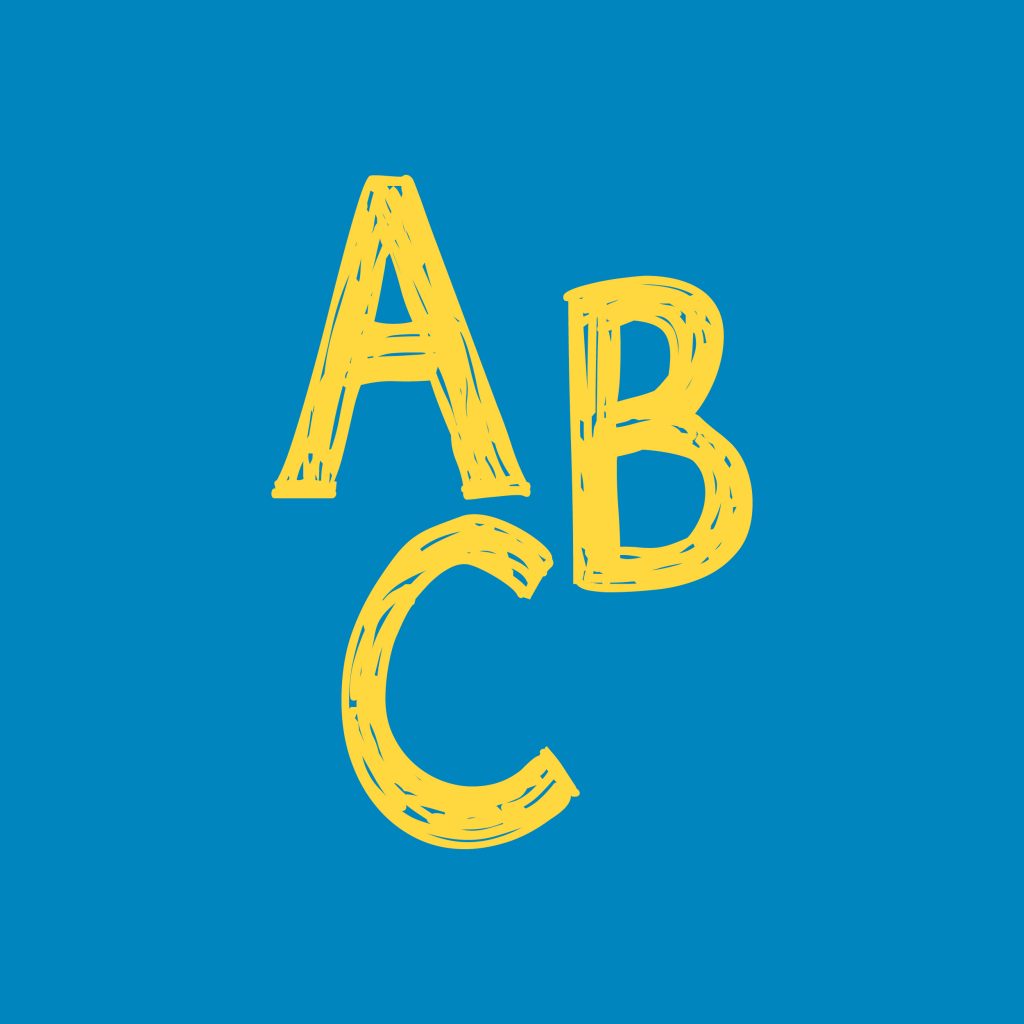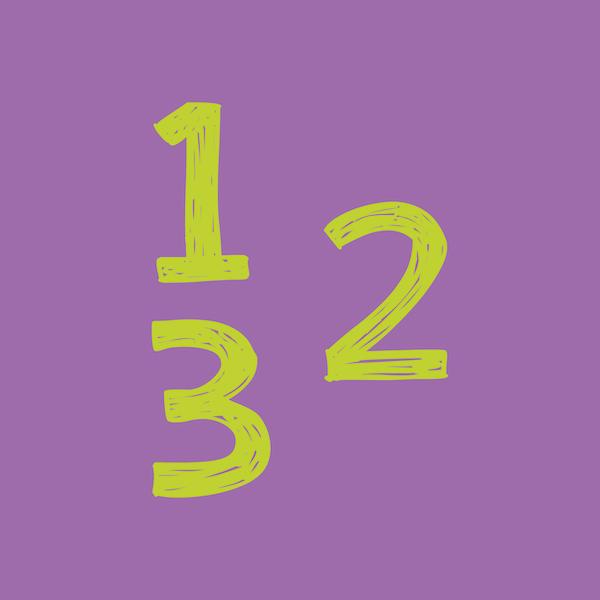QUID+ provides an essential toolbox for acquiring basic knowledge and stimulating the intelligence and perceptions of young children at various stages of their growth;
0 – 5 MONTHS
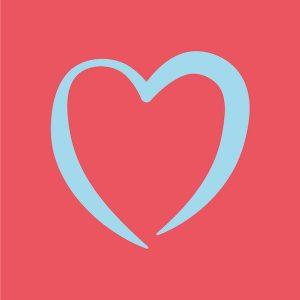 The child has innate fears: linked to an immature nervous system (such as fear of loud noises, of falling, of objects approaching too quickly), to limited life experiences (fear of wide spaces) or linked to the lack of a sense of object permanence, i.e. fear of separation.
The child has innate fears: linked to an immature nervous system (such as fear of loud noises, of falling, of objects approaching too quickly), to limited life experiences (fear of wide spaces) or linked to the lack of a sense of object permanence, i.e. fear of separation.
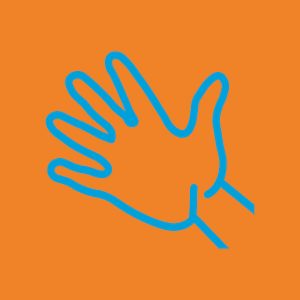 The child smiles, looks around and reacts to noise and light. Face recognition becomes increasingly precise and detailed.
The child smiles, looks around and reacts to noise and light. Face recognition becomes increasingly precise and detailed.
The primary form of movement is grasping or grabbing. Initially, grasping is instinctive: as soon as she grasps some object, she becomes aware of the hand as the tool that allowed her to make that movement.
The child falls asleep in the active sleep phase (REM), i.e. the stages of sleep in which rapid eye movements occur.
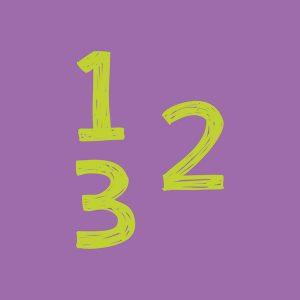 From birth she is able to compare sets that contain small quantities, recognising those that have a greater quantity of elements.
From birth she is able to compare sets that contain small quantities, recognising those that have a greater quantity of elements.
6 -11 MONTHS
 The child recognises positive and negative social behaviours, distinguishes good from bad.
The child recognises positive and negative social behaviours, distinguishes good from bad.
He can recognise a variety of emotional expressions in order to understand his own and others’ inner state.
 The first tooth appears, a sign that the stomach can start to digest foods and you can gradually start weaning.
The first tooth appears, a sign that the stomach can start to digest foods and you can gradually start weaning.
He can sit up if helped. He rolls over and starts crawling from the belly-down position.
He picks up objects intentionally. He shakes objects such as rattles to experience sounds.
He can sleep up to 6 hours in a row on average.
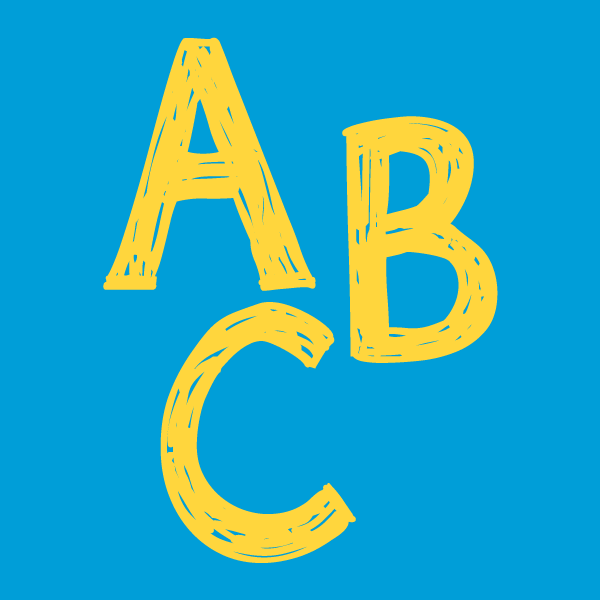 Babbling begins, the characteristic vocalisations of the child who is learning to speak. Babbling can be canonical (ga ga) or variegated (ba ta ba).
Babbling begins, the characteristic vocalisations of the child who is learning to speak. Babbling can be canonical (ga ga) or variegated (ba ta ba).
12 – 17 MONTHS
 The relationship with the main caregiver becomes a stable attachment, a secure base from which to explore, triggering a fear of abandonment and strangers.
The relationship with the main caregiver becomes a stable attachment, a secure base from which to explore, triggering a fear of abandonment and strangers.
 The child uses signs with specific meaning to communicate. Above all through crawling, the child begins to explore the environment independently. He can walk if helped and puts his whole foot on the ground. He picks up by desire (choice): this means that the picking up is intentional. He begins to move and shift objects. He sleeps through the night without eating and takes one or more afternoon naps.
The child uses signs with specific meaning to communicate. Above all through crawling, the child begins to explore the environment independently. He can walk if helped and puts his whole foot on the ground. He picks up by desire (choice): this means that the picking up is intentional. He begins to move and shift objects. He sleeps through the night without eating and takes one or more afternoon naps.
 The child says his first intentional word, which can also be simply a two-syllable or truncated word or an onomatopoeia. He can say up to 10 words and understands the purpose of language. He develops non-verbal communication around 9-12 months: first he points, then greets, and finally claps his hands.
The child says his first intentional word, which can also be simply a two-syllable or truncated word or an onomatopoeia. He can say up to 10 words and understands the purpose of language. He develops non-verbal communication around 9-12 months: first he points, then greets, and finally claps his hands.
 The child is able to distinguish between increasing and decreasing quantities.
The child is able to distinguish between increasing and decreasing quantities.
18 – 23 MONTHS
 The child’s personality is about to blossom.
The child’s personality is about to blossom.
She is able to predict the outcome of the behaviour she has planned. She can develop problem solving skills.
 The child is developing her sense of order: sensitivity to the order of things and their mutual positions.
The child is developing her sense of order: sensitivity to the order of things and their mutual positions.
Maximum effort in terms of balance: the child walks carrying heavy objects, looks for handholds to climb and goes up stairs. She grasps with the desire to climb and begins to experiment with fast walking, almost running. The development of the hand is also important: the arms can lift heavy objects, the hands help the child to grip when she climbs, she eats independently with a spoon and begins to make her first scribbles.
 The child utters nouns, single words in succession. When she reaches about 50 words she starts to join them, but without grammar. She uses the tone of voice to express her feelings. She uses a key word with a broad meaning, for example “nana” is banana but also “I want banana” or “monkey eats the banana”. Her vocabulary can extend to up to 100 words!
The child utters nouns, single words in succession. When she reaches about 50 words she starts to join them, but without grammar. She uses the tone of voice to express her feelings. She uses a key word with a broad meaning, for example “nana” is banana but also “I want banana” or “monkey eats the banana”. Her vocabulary can extend to up to 100 words!
24 – 35 MONTHS
 The child asserts his individuality, acquires a sense of self and learns new emotions such as guilt, shame and pride.
The child asserts his individuality, acquires a sense of self and learns new emotions such as guilt, shame and pride.
He learns to develop emotional vocabulary to better express his feelings and desires. He analyses cause-and-effect relationships to improve his ability to read reality.
He starts to engage in imaginative play, transforming neutral materials into play objects and associating sounds and music with meanings. He is able to recognise all the people in his environment. His thinking is characterised by egocentrism, rigidity and irreversibility.
 He runs and leans on objects with confidence.
He runs and leans on objects with confidence.
He develops coordination through experience and becomes able to make complex movements that are fundamental to his independence (e.g. eating, cutting, fastening buttons, etc.). He observes the actions of those around him and tries to imitate them in order to join in.
 This is the “explosion period” from the point of view of language development. He forms sentences composed of 1 or 2 words, often incomplete, without verbs and articles. Then he starts to use syntax, forming simple sentences of 2 to 4 words, without articles and prepositions. His vocabulary expands to up to 500 words.
This is the “explosion period” from the point of view of language development. He forms sentences composed of 1 or 2 words, often incomplete, without verbs and articles. Then he starts to use syntax, forming simple sentences of 2 to 4 words, without articles and prepositions. His vocabulary expands to up to 500 words.
36 – 47 MONTHS
 The child has already laid the foundations of his personality.
The child has already laid the foundations of his personality.
He is increasingly able to regulate his emotions in accordance with social rules and to verbalise them more accurately.
He still exhibits fears related to growth and to his imagination.
He also begins to develop fears learned from his own life experiences, such as those related to entering a social context (e.g., fear of bullies and punishment from parents or teachers).
 The hand is the “grasping organ” of intelligence: its development depends on the mind and intelligence. He scribbles, cuts, glues, he is able to dress and undress and to eat at the table independently.
The hand is the “grasping organ” of intelligence: its development depends on the mind and intelligence. He scribbles, cuts, glues, he is able to dress and undress and to eat at the table independently.
He continues to develop his sense of balance: he learns to ride a bike and pedal.
The eye is now fully developed: he can start learning to read. His sleeping pattern becomes like that of adults.
 The child’s ability to produce sounds is almost complete: sentences are longer and more structured. For example: Daddy goes to work and then comes home.
The child’s ability to produce sounds is almost complete: sentences are longer and more structured. For example: Daddy goes to work and then comes home.
The child tells and shares what he experiences. His vocabulary can include up to 1000 words!
4+ YEARS
 Openness to others with initial development of theory of mind.
Openness to others with initial development of theory of mind.
She still has fears related to growing up, but also fears learned from her life experiences, such as those related to safety (fear of bad guys and the bogeyman) or fears learned from a family member (e.g. insects and mice).
 She is able to use a graphic tool (e.g. pencil) functionally, gripping it with her thumb, index and middle finger. Drawing allows her to represent herself and elements of her reality.
She is able to use a graphic tool (e.g. pencil) functionally, gripping it with her thumb, index and middle finger. Drawing allows her to represent herself and elements of her reality.
She rides a bike without stabilisers, jumps and balances on one foot.
She no longer needs to take afternoon naps.
 Her language develops further. Thanks to word games, rhymes, making words and breaking them down into syllables, she lays the foundation for reading and writing activities.
Her language develops further. Thanks to word games, rhymes, making words and breaking them down into syllables, she lays the foundation for reading and writing activities.
 The concepts of adding and subtracting can be introduced. The hand, as an organ of intelligence, becomes an aid to calculation: she uses her fingers to help her add and subtract. Counting with the fingers is the first strategy for calculating, the basis on which all subsequent counting experiences will rest.
The concepts of adding and subtracting can be introduced. The hand, as an organ of intelligence, becomes an aid to calculation: she uses her fingers to help her add and subtract. Counting with the fingers is the first strategy for calculating, the basis on which all subsequent counting experiences will rest.
6+ YEARS
 Openness to others “explodes” when the child has acquired the ability to “accept” the existence of others’ points of view.
Openness to others “explodes” when the child has acquired the ability to “accept” the existence of others’ points of view.
She can exhibit learned fears linked, for example, to entering into a social context: fear of being excluded or laughed at, of not being able to do something, of making mistakes, of speaking in front of others.
 Her manual dexterity becomes fully developed. She can easily learn to write in block letters and in cursive. Her fine motor skills are now so advanced that she can learn fine and complex movements like an adult (e.g. shuffling a deck of cards or tying her shoes). Coordination skills have improved to the point where she can learn specific sports.
Her manual dexterity becomes fully developed. She can easily learn to write in block letters and in cursive. Her fine motor skills are now so advanced that she can learn fine and complex movements like an adult (e.g. shuffling a deck of cards or tying her shoes). Coordination skills have improved to the point where she can learn specific sports.
 By the time your child reaches primary school, she already knows an average of 14,000 words! She is ready to learn irregular verb forms.
By the time your child reaches primary school, she already knows an average of 14,000 words! She is ready to learn irregular verb forms.
 She can count correctly up to 40 and beyond. In primary school, she will consolidate her mathematical skills, including through the full inclusion of the graphic representation of mathematical concepts.
She can count correctly up to 40 and beyond. In primary school, she will consolidate her mathematical skills, including through the full inclusion of the graphic representation of mathematical concepts.
